10 January 314
Death of Pope Miltiades.
10 January 1778 Saturday
Vases, Candelabra, Grave Stones, Sarcophagi. Tripods, Lamps and Ancient Ornaments volume I
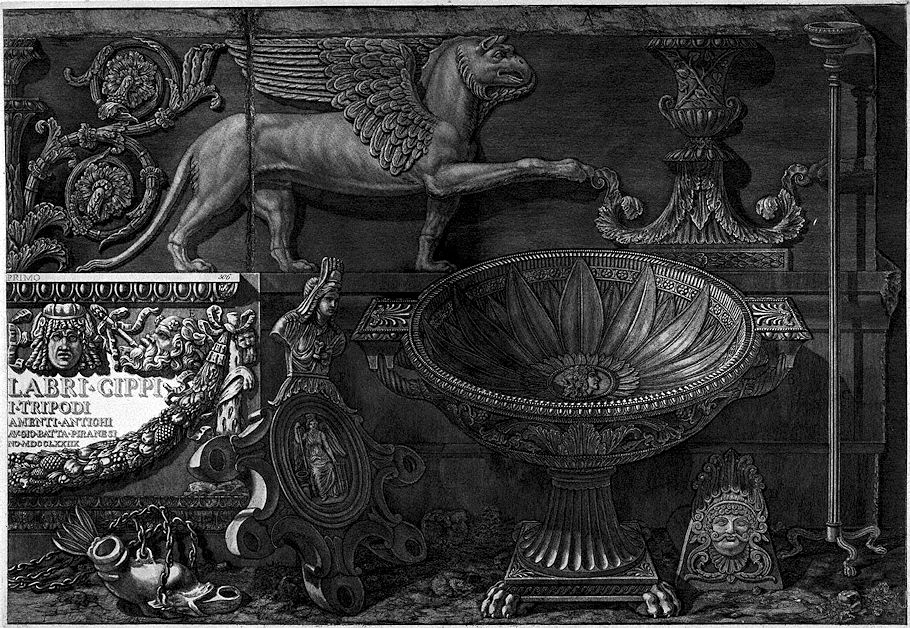
Title page in two plates to be joined together; each 70×49. Above, part of the frieze and architrave of the Temple of Antoninus and Faustina; below candelabra, oil lamps, vases, and a colossal statue of the River Reno; in the centre, above a slab garlanded and decorated with tragic masks, the title in relief: Vasi Candelabri Cippi Sarcofagi Tripodi Lucerne ed ornamenti antica disegn. and inc. of the Cav. Gio. Batta Piranesi Published in the year MDCCLXXIIX. Volume One.
10 January 1783
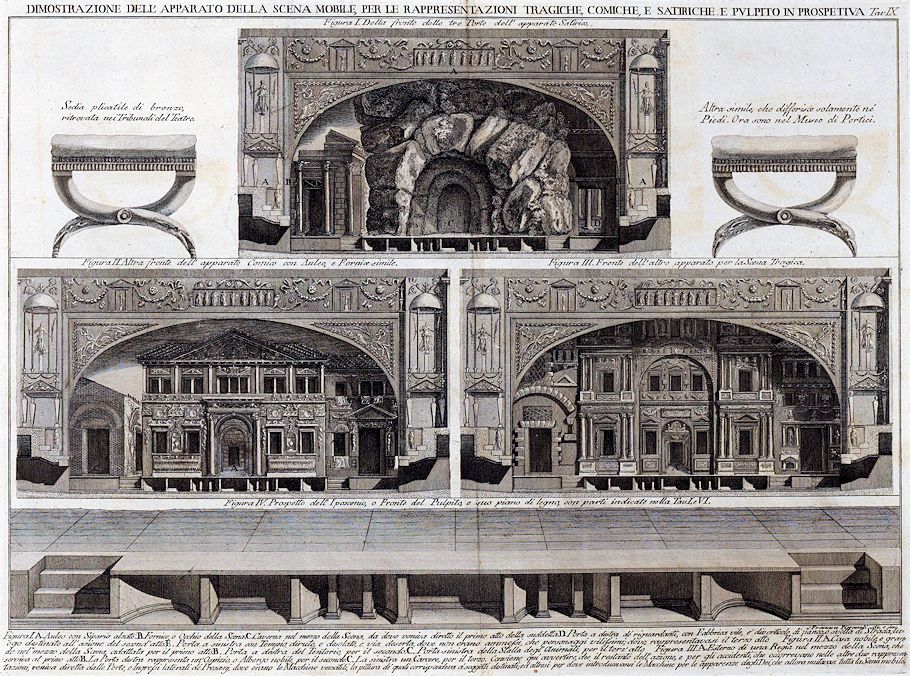
Demonstration of the movable stage apparatus, for tragic, comic, and satirical performances, and pulpit in perspective
Figure I. Of the front of the three Doors of the Satirical Apparatus.
Figure II. Other front of the Comic apparatus with Auleus and similar Fornix.
Figure III. Front of the other apparatus for the Tragic Scene.
Figure IV. Prospectus of the Iposcenium, or Front of the Pulpit, and its wooden surface, with parts indicated in Tables I and VI.
Bronze folding chair, found in the Tribunals of the Theater.
another similar, which differs only in the feet. Now they are in the Museum of Portici.
Figure I. A. Hall with raised curtain. B. Fornix, or Eye of the Scene. C. Cave in the middle of the Scena, from where the first act of the aforementioned was directed. D. Porta to the right of the relatives, with Fabbrica vile, and lateral diverticulum, or turn of the Strada, place intended for the action of the second act. E. Door to the left with a ruined and desolate Temple and deserted street, where only the most vile personages were admitted; where the third act was performed. Figure II. A. Noble, and large house in the middle of the Scene adapted for the first act. B. Door to the right of the Tentorio, for the second. C. Left door of the Animal Stable, for the third act. Figure III. A. Exterior of a Regia in the middle of the scene, which served the first act. B. The right door represents an hospice, or noble hotel, for the latter. C. The left a prison, for the third. It should be noted here that the rest of the action, and for the accidents, which occurred in the other two representations, was directed from the doors, or lateral entrances of the prosceni, where there were the versatile Machines, the painting of which corresponded to intended subjects, and likewise where the Machines were introduced for the appearances of the Gods, which then changed the whole mobile Scene.
Francesco Piranesi dis. and inc.
10 January 1810
Possible date for the death of Francesco Piranesi in Paris.
There are two differing dates, online, for the death of Francesco: the online Francesco biography has 27 January 1810, whereas the Holden's "The eclipsed son" has 10 January, referencing Lumetti. I'm not sure exactly where the error (or errors) lie.
10 January 1812 Friday
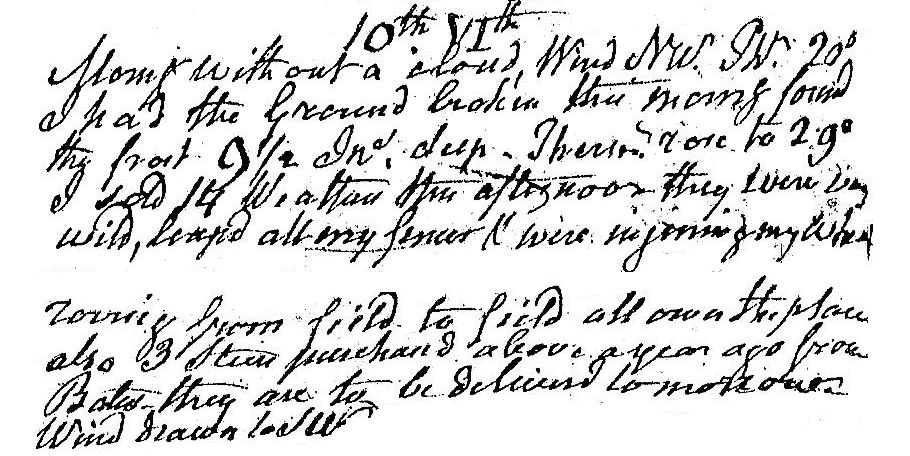
Morning without a cloud, wind NW, Therm. 20°. I had the ground broken this morning found the frost 9 1/2 inches deep. Therm. rose to 29°. I sold 14 Wealtons[?] this afternoon. They were very wild, leaped all my fences and were injuring my wheat roving from field to field all over the place. Also 3 steer purchased above a year ago from Bates--they are to be delivered tomorrow. Winds drawn to SW.
10 January 2000
as dense as architecture can get?
As to wondering about the 'easy' play with scale's relative to Piranesi's Campo Marzio, in part you guess correctly. I say in part because when Piranesi delineates the Campus Martius proper, he more often than not uses the correct scale for the buildings that once existed there. Piranesi grossly exaggerates building scale in the Campo Marzio's outer regions, however. Nonetheless, Piranesi is deliberately 'playing' a learning game here, in that the outer regions is where Piranesi's plans and programs lack practically all veracity, hence, the hyperbole of Piranesi's architectural imagination is coded by a hyperbole of architectural scale. In simple terms, the over-sized plans of the Campo Marzio indicate buildings that Piranesi completely 'made-up', where as a high percentage of the smaller building plans indicate buildings that actually once existed and are drawn at their proper scale. (Mind you, the drawn plans of the once existing buildings, even though at a correct scale, are still often individual plans of Piranesi's invention.)
10 January 2002
not Tampa, Florida anymore
I'm glad you found some useful information, and I hope it helps toward some resolution to how you see that reenactment (potentially) relates to predestination and psychology. I haven't been coming to reenactment from that angle, so I don't even understand exactly what you're seeing. (But that doesn't at all mean that I think what you're seeing is somehow wrong or misinterpreting.)
I'll try to briefly outline (reenact) how I came to see a strong relationship between reenactment and (some but certainly not all aspects of) design.
I began redrawing Piranesi's Campo Marzio plan with CAD in 1987. I've been fascinated with this plan since the late 1970's, and I saw the opportunity to utilize the automated drawing/drafting capabilities of CAD in (re)drawing all the complicated individual plans of the Campo Marzio, which comprise many repetitive units, and manipulating repetitive units is precisely one of the things CAD is very good at facilitating.
In the early 1990s I begin an intensive redrawing of the plan, and at the same time I became reacquainted with Susan Dixon, a friend from my college days who went on to get a Ph.D. in Art History, and her dissertation was on Piranesi's archaeological publications, of which the Il Campo Marzio is one. Together (via phone conversations) Susan and I begin speculating as to what the meaning of the Campo Marzio plan might be. Many theories were speculatively put forth, but reenactment was never one of them.
The second week of August 1997 I split my energies between doing research on the Campo Marzio and research on the philosophy of history as it might relate to my theory of chronosomatics. In Encyclopedia Britannica (edition 1969) under "Philosophy of History" there is a passage explaining Vico which, while reading it, made me think of Piranesi's Campo Marzio. There is also a list of 20th century philosophers of history and the titles of the works. Collingwood's The Idea of History is among these. I go to Barnes and Nobles that same day and buy Vico's New Science and Collingwood's The Idea of History. I read the passages in The Idea of History that deal with reenactment. It dawns on me that I've been doing a kind of reenactment by redrawing Piranesi's plan.
Thursday, September 4, 1997 (coincidentally the day architect Aldo Rossi died) I find Plattus's "Passages to the City: The Interpretive Function of the Roman Triumph" in Ritual (1983). I finish reading the essay Friday night. Saturday morning I watch Diana's funeral, and it quickly hits me that I am watching exactly what I just spent the last two nights reading about. Since Piranesi himself delineated the path of the Triumphal Way through his plan of the Campo Marzio, I begin to wonder whether Piranesi too was playing some kind of reenactment game in his redrawing of the large urban plan.
It is after this point that much of the prior ten year's work begins tightly piecing together, and the notion of reenactment also aids in better understanding what information I collected further in research.
For me, reenactment was a learning tool, albeit for the most part a tool I didn't even know I was using. For Piranesi, however, (and this is what I've come to understand) reenactment was a design tool, specifically an urban design tool, whereby he generated an entirely new rendition of Rome. A Rome, moreover, that is essentially a conglomeration of many specifically themed environments, i.e., themed environments that relate exactly the history of the very places where Piranesi positioned his new designs. This is why I say Piranesi's Campo Marzio is not a reconstruction, rather a reenactment. By all indications, Piranesi was very conscious of the play of degrees of separation that reenactments involve.
Piranesi also (re)designed the city of Rome as a double (history) theater, namely the double theater of Rome's Pagan and Christian existence.
Re: agree, but
Regarding civic involvement I'll try to answer this way. When reading about the ancient Roman Triumphs, it is always noted that the whole city shut down, and all the population went to stand along the route of the Triumph parade to watch. I was initially skeptical of this, especially the notion of a whole city shutting down, and everyone going to see a single event. Maybe it did happen then, but it seemed hard to believe that something like that could happen in modern times. Diana's funeral changed my 'perception' of this.
Yes, as I write this, I realize that there are indeed several such occasions to be noted in modern time, the JFK funeral for example.
Quickly, the other details reenacted are:
-- Diana's coffin drove through several arches, one of which was indeed a Triumphal arch.
-- four real Princes accompanied the procession.
-- the 'spoils' of Diana's work were present in all the representatives of her charities that walked in the procession behind the Princes.
-- the route of the coffin passed numerous military monuments, of which at least one represented a tableau of soldiers, much like the battle tableaux that were part of the ancient Triumph parade (the precursor I'm sure of today's parade floats).
-- the procession ended at Westminster Abbey, what one can easily refer to as the most sacred place in London; the ancient Triumph ended at the Temple of Jupiter, the most sacred place in ancient Rome.
As I'm writing this I'm reminded of the movie A Special Day (I think that's the title). It starred M. Mastroianni and S. Loren, and the day was in Rome when Hitler came to visit Mussolini (two grim reenactors if there ever were any). All of Rome went to see the parade, and Mastroianni and Loren found themselves to be the only people in their apartment building, and the story of the movie goes on from there. Maybe when you see something in a movie it still feels just a bit unreal, just a play reenactment. Maybe what struck me so much about Diana's funeral is that it was just like a movie, but indeed real.
10 January 2004
the making of "My Rita Novel Idea"
Rubens tells us about all the research he did after receiving his first public commission of three altarpieces for the crypt chapel of St. Helena in Santa Croce in Gerusalemme. Plus he thoroughly discusses his designs of the Life of Constantine tapestries that presently hang in the Great Hall of the Philadelphia Museum of Art.
in the virtual realm
etc...
Maria tells us about the symbolic role played by her sarcophagus and sepulcher within Piranesi's Il Campo Marzio, and Piranesi outlines all the mistakes made by Fasolo, Tafuri, Allen, Bloomer, and Eisenman in their respective interpretations of the Ichnographia Campus Martius.
Jim explains the letters he wrote while in Savannah jail circa 1983/4, and fondly remembers his last trip to Philadelphia.
10 January 2007
exurban interim
read the following earlier this morning...
Then came the realization that portrait painting was nothing but a temporary expedient. As he walked through the streets of Louisville, calling on friends and strangers alike, he found commissions more and more difficult to obtain. He traveled to Shippingport, he visited the outlying districts, but each time with less success. More often than not, when he returned to the house in the evening he had nothing to report to Lucy except another day without any accomplishment. After all, no matter how well he drew--and he did not draw portraits particularly well--Louisville and its environs were not large enough to support a full time artist. There were just so many people who wanted pictures of their relatives, and he had now reached them all.
At the end of a few months he was back, therefore, where he started, once more looking for permanent employment--but now at the age of thirty-four.
--Alexander B. Adams, John James Audubon, 1966, p. 188 (in the chapter 1818-1820).
10 January 2013
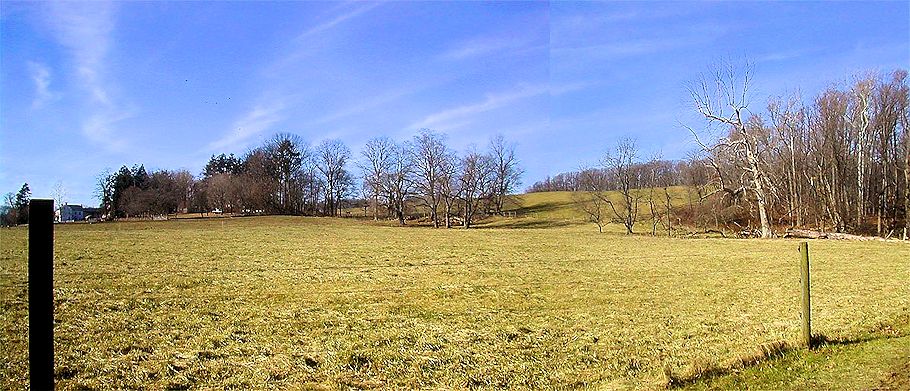
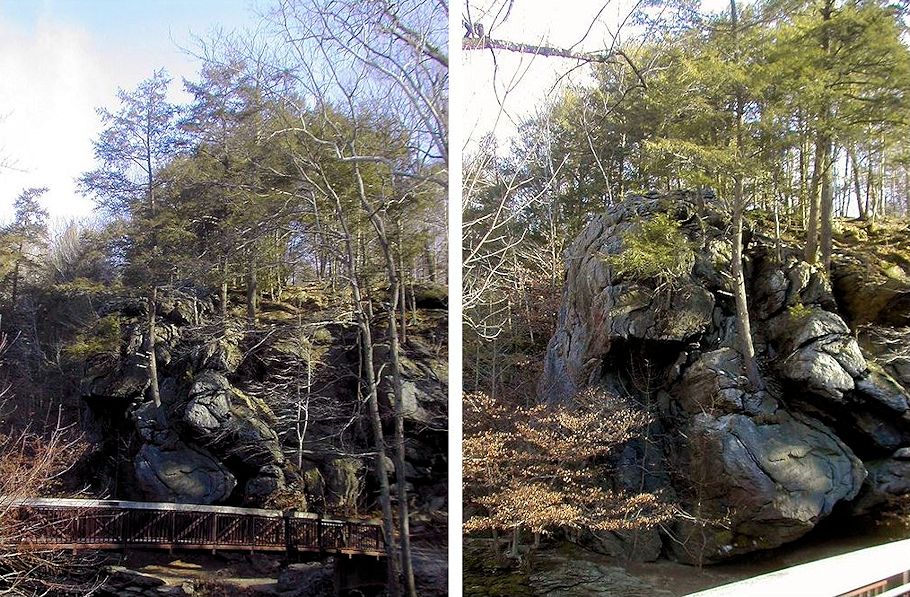
I didn't take these pictures, but I was there when they were taken.
10 January 2017
10 January
"In evoking the figure of the angel floating out of the picture on the wall toward the viewer, Benjamin was following an old tradition of meditative picture-viewing, which has the figures in a picture come to life for the observer. In identifying with the figure, he was also behaving like the Chinese painter of whom he writes elsewhere, who leaves the space of reality to enter the imaginary space of his own picture and take his place as a figure in the painted landscape. These two notions complement one another. ... The angel's imaginary freedom of backward and forward movement, between the picture plane and the real space in front of it, denotes for him the existential freedom to move back and forth in time, where memory and expectation complement and fulfill one another."
--O. K. Werckmeister
10 January 2018
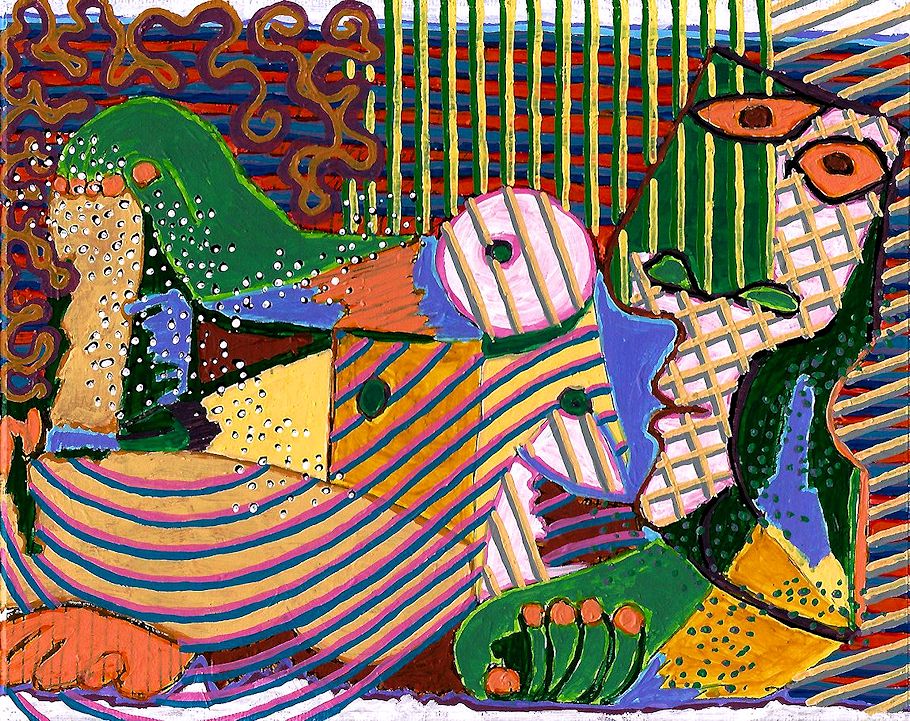
POPICA 013
10 January 2023 Tuesday
Francesco's Circus of Caracalla vault and wall decoration print is indeed part of Vases, Candelabra, Grave Stones, Sarcophagi. Tripods, Lamps and Ancient Ornaments, volume I. That's where I thought it was published, yet, when I looked through both editions of Ficacci's Piranesi: The Complete Etchings, it simply is not there. I suppose that's because the plate is by Francesco and not by Giovanni Battista. Nonetheless, the presence of Volta e parete d'una delle camere appartenenti alla fabbrica di delizia contigua al Circo di Caracalla within Vases, Candelabra, Grave Stones, Sarcophagi... makes evident two things: 1) Francesco is already by 1778 an individual entity of the family business, and 2) Francesco was integrally involved in the site survey work of the Circus of Caracalla and the adjacent structures.
|